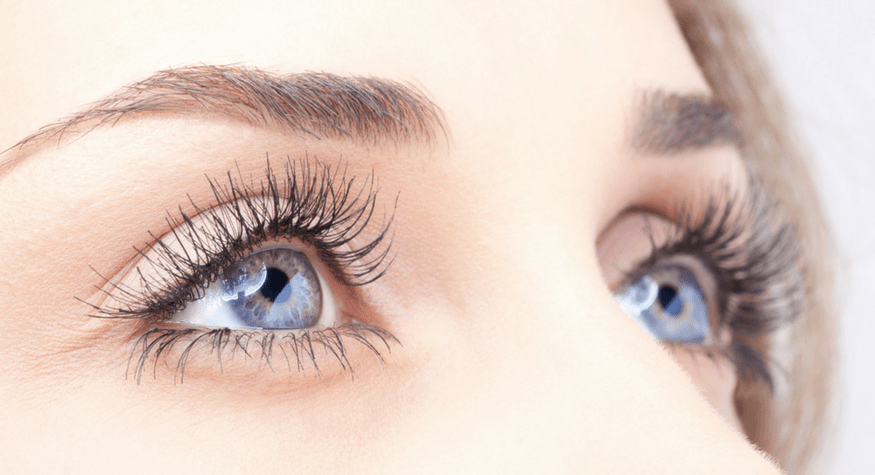
Key Whitman Eye Center Performs the new Raindrop(R) Near Vision Inlay Procedure to Improve Near Vision – Here are the Facts
Raindrop may be the world's first inlay to alter the shape of the cornea (the clear, front part of the eye) to improve near vision which is designed to help reduce or eliminate the requirement for reading glasses.

The outpatient procedure takes about Ten minutes and patients go back to most of their daily activities the following day. Raindrop is receiving a lot of interest with the recent FDA approval in June of 2023.

But how does it work? Who's it suitable for? Key Whitman Eye Center realizes that lots of people have questions regarding Raindrop, so they're helping by providing some solutions to frequently asked questions.
What is totally new relating to this implant and procedure?
Raindrop may be the world's first inlay to change the form from the cornea (the clear, front part of the eye) to improve near vision and made to reduce and sometimes get rid of the need for reading glasses. The outpatient procedure takes about 10-minutes and people are in a position to resume most normal activities the following day.
Raindrop is incredibly small – about the size of a pinhead and fewer than half the thickness of the real hair – and is bioengineered to mimic natural cornea. It is made of a soft, biocompatible material much like a soft contact, comprising of approximately 80 percent water.
Who should consider the Raindrop Near Vision Inlay?
Age related lack of near vision or presbyopia may be the condition that leaves a lot of us grabbing reading glasses in our 40s and early 50s. Anybody who needs reading glasses for daily tasks such as using mobile phones, reading a menu, small print or doing close-up work may be a candidate.
What causes this condition?
Presbyopia, or age related loss of near vision, occurs when your lens loses elasticity, making it difficult to change your focus to see objects close up. Everyone – yes, everyone – will ultimately develop presbyopia.
How effective may be the Raindrop Near Vision Inlay procedure?
Most those who have had the Raindrop implanted, see a noticable difference in their near vision by 1 week and it is constantly on the improve for many weeks. Patients need to use eye drops for several months for comfort and healing.

What is the inlay, exactly?
It is really a tiny disc, about the size of a pinhead. It's comprised of approximately 80 percent water and is placed just beneath the top of eye. It works by gently changing the central curvature from the cornea, clear front part of the eye.
How long does it take?
The procedure is complete in 10-15 minutes, usually.
Is it painful?
Numbing drops receive for the procedure, but many patients don't experience any pain.
Does it have to be completed with LASIK?
No, it's designed to be practiced without LASIK. The process does require utilization of an ophthalmic laser to create a LASIK-like flap underneath the surface of the eye.
What may be the Raindrop Near Vision Inlay made from?
It is really a soft, biocompatible material, much like a soft contact lens, which has similar properties and water content as the cornea.
Does it hinder far vision?
One Raindrop Near Vision Inlay is positioned within the cornea from the non-dominant eye. Both eyes interact to create one image. The near vision is improved upon within the Raindrop eye, while the distance is slightly affected. With both eyes cooperating there is not a compromise for distance vision and patients still have a substantial improvement in near vision.
Is it safe for the eye?
Extensive trials and usage reveal that it is safe. It was confirmed through the US FDA. Raindrop is bioengineered to facilitate the transport of nutrients and fluid towards the eye.
Will people know I'm wearing one?
No. It's transparent, so nobody will realize there is a Raindrop in your eye.
How does it work in low light?
Very well. Since Raindrop is transparent 99.7% of sunshine passes through the inlay reaches the rear of the attention in which the image is processed.1 Raindrop offers patients good performance in all lighting conditions.
For more information contact Key Whitman Eye Center

